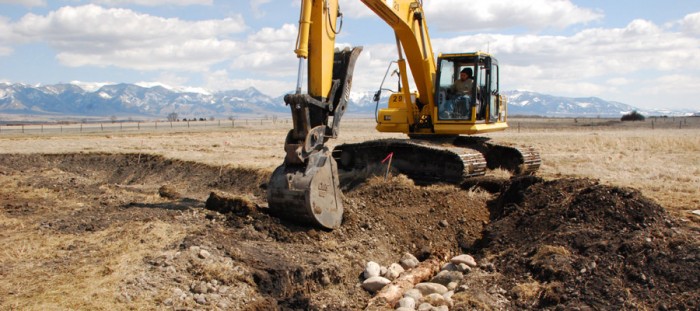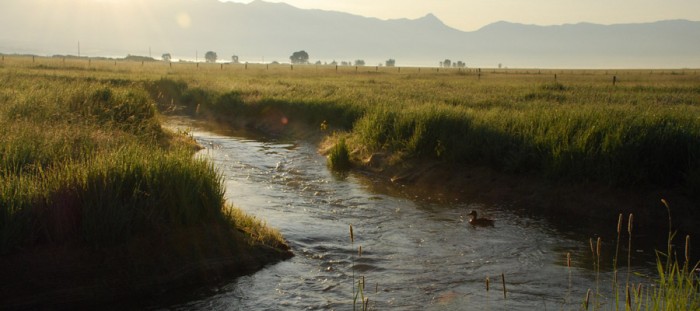With all the hype surrounding the new documentary “Where the Yellowstone Goes” (presented by FSC affiliate Trout Headwaters), we got to thinking about water scarcity issues facing the American West. After all, headlines like “Arizona Counties Under Water Restrictions,” “Tomato Shortages Blamed on Drought,” and “Cattle Deaths Caused by Lack of Water” have become a fixture in the news media.
Environmental activists and many communities are attempting to address these concerns by encouraging farmers to sell their water rights, often for much more than the market value of the crops they would have grown. Rather than being used to irrigate water-intensive crops, the water is instead sent to needy cities or simply allowed to run its natural course, supporting aquatic habitats in the process. In essence, such programs serve as a windfall not only for the landowners, but also for the aquatic habitats that have long suffered from water shortages.
Seems like a no-brainer, right? Unfortunately, it’s not that simple. Though the landowners come out ahead with minimal effort on their part, the communities that live or die by agriculture see their incomes cut off when farmers let their lands lie fallow. For example, according to an illuminating New York Times article, there are only 450 farmers in California’s Imperial Valley but half the jobs held by the 174,000 residents are tied to agriculture. When farmers stop producing, the local economy withers.
Many argue, convincingly, that these communities never should have been established in the first place since the land can’t naturally support them without the use of man-made infrastructure. However, many of these communities have been there for over a century and could result in the large-scale displacement of people if the agricultural operations that supported them were shuttered.
Luckily, while these philosophical debates are had, there are many things we can do to protect the water supply without drastically changing how we use it in the meantime. For example, by daylighting streams (bringing them out of underground pipes and up to the surface), landowners can not only promote more natural flows, they can also promote the permeation of the water into underground aquifers, which protects stream flows during periods of low rainfall. By planting vegetation on the edges of streams, landowners can also reduce erosion while also increasing natural filtration of the water. Another benefit of both of these actions is the promotion of aquatic species, which can result in better fishing!
We would love to hear from you to get your ideas on how to balance protecting our valuable aquifers while also protecting the communities that rely on them.
(By bringing this piped stream back to the surface, Trout Headwaters restored this dry, barren land to a lush paradise. The end result of Trout Headwater’s daylighting effort. Stunning difference, eh?)


